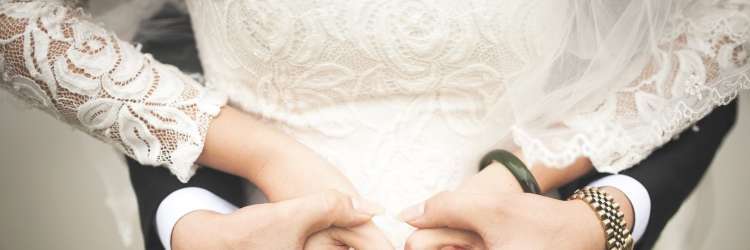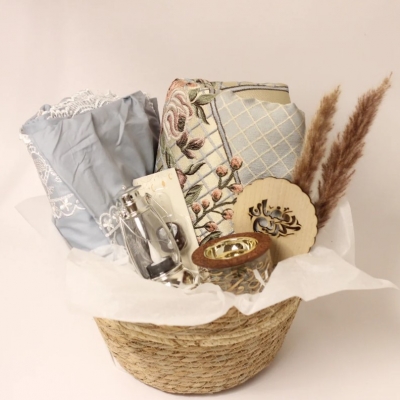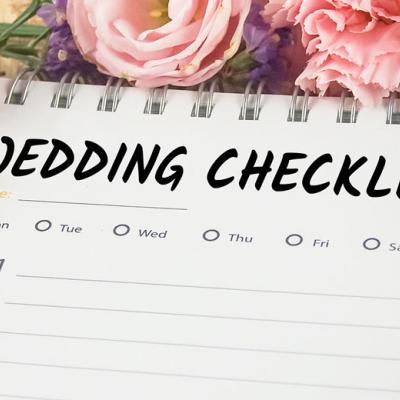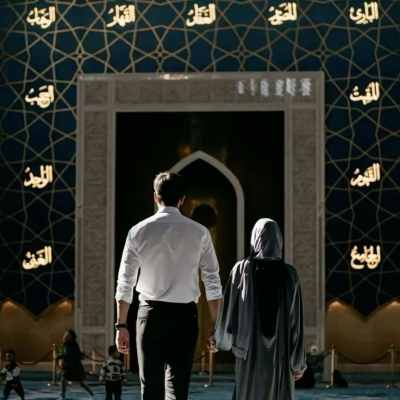From Past to Present: The Evolution of Wedding Flower Trends in Qatar

Weddings in Qatar have long been a grand affair, steeped in tradition and elegance. Among the many elements that contribute to the beauty of these celebrations, flowers hold a special place.
From traditional Arabian blooms to contemporary floral artistry, the evolution of wedding flower trends in Qatar reflects changing tastes, cultural influences, and modern aesthetics.
Let’s take a journey through time to explore how wedding flowers in Qatar have transformed over the years.
Traditional Floral Choices in Qatari Weddings
Historically, weddings in Qatar were intimate family gatherings with deep-rooted cultural traditions. Flowers, though not always the centerpiece of wedding décor, played an essential role in adorning bridal attire, venues, and ceremonial spaces. The selection of blooms was guided by availability and cultural significance.
Fragrant flowers like jasmine, orange blossoms, and roses were often chosen for their symbolic meanings. Jasmine, known for its enchanting aroma, represented purity and love, while roses symbolized deep affection and commitment. Brides would wear floral garlands, and venues were often adorned with locally available flowers that brought a touch of natural beauty to the celebration.
The Influence of Middle Eastern Floral Aesthetics
As Qatari society evolved and became more connected with other Middle Eastern traditions, floral arrangements took on a more elaborate form. Inspired by the opulence of neighboring countries like the UAE and Saudi Arabia, weddings in Qatar saw an increase in the use of grand floral arches, intricate centerpieces, and lush bouquets.
Orchids, lilies, and chrysanthemums became popular additions, symbolizing luxury and elegance. Floral installations grew larger and more extravagant, often featuring gold accents, cascading floral chandeliers, and floral-covered entrances that exuded royalty and sophistication.
The Rise of International Wedding Trends in Qatar
With globalization and increased exposure to international wedding trends, Qatari weddings embraced a fusion of modern and traditional floral designs. The influence of Western-style weddings brought an increased demand for curated floral arrangements that matched specific themes and color palettes.
Peonies, hydrangeas, and tulips started making appearances in wedding décor, complementing pastel and muted color themes that gained popularity. The concept of “floral storytelling” became prevalent, with couples choosing flowers that conveyed personal narratives, emotions, and themes that resonated with their love stories.
Modern Trends: Customisation and Sustainable Choices
In recent years, personalization has become the defining element of wedding flower trends in Qatar. Couples now seek unique floral arrangements that reflect their personalities, cultural backgrounds, and aesthetic preferences. Floral monograms, bespoke floral walls, and artistic floral installations are now commonplace, allowing couples to make a statement on their big day.
Sustainability has also emerged as a crucial aspect of modern wedding trends. Conscious couples are opting for locally sourced flowers to reduce their carbon footprint. The demand for dried flowers, eco-friendly floral foam, and repurposed floral arrangements has surged, reflecting a shift toward environmentally responsible wedding planning.
Floral Colour Trends: From Traditional to Contemporary
Color palettes for wedding flowers have evolved significantly. Traditionally, deep reds, golds, and whites were dominant, symbolizing prosperity, purity, and celebration. Over time, softer shades like blush pink, lavender and dusty blue gained popularity, lending a romantic and contemporary touch to floral arrangements.
More recently, bold and vibrant color schemes, such as jewel tones and sunset hues, have become trendy, allowing couples to experiment with dynamic and visually stunning floral displays. This shift demonstrates how Qatari weddings are embracing modernity while still holding on to the grandeur that defines them.
Luxury and Extravagance: The Role of Florists and Designers
Qatar’s growing luxury wedding industry has paved the way for world-class florists and event designers to craft spectacular floral experiences. Weddings are no longer limited to traditional settings, with destination-inspired themes, lavish floral ceilings, and immersive floral landscapes becoming the norm.
Florists now collaborate with wedding planners to create breathtaking floral aesthetics that blend art, culture, and innovation. Whether it’s a fairytale-inspired wedding filled with roses and wisteria or a minimalist desert-chic setup with succulents and wildflowers, the possibilities are endless.
The Future of Wedding Flower Trends in Qatar
As Qatar continues to embrace global influences while preserving its rich heritage, wedding flower trends are expected to become even more innovative. The integration of technology in floral design such as LED-enhanced flowers, 3D floral mapping, and virtual floral consultations will likely redefine how couples plan their wedding décor.
Additionally, the move toward sustainable and long-lasting floral solutions, like preserved flowers and potted plant décor, will gain traction, making weddings more eco-friendly without compromising on elegance and beauty.
The evolution of wedding flower trends in Qatar is a testament to the country’s ability to blend tradition with modernity. From simple jasmine garlands of the past to extravagant floral masterpieces of today, flowers have continued to play a significant role in celebrating love and commitment. As weddings become more personalised, luxurious, and environmentally conscious, one thing remains certain flowers will always be at the heart of Qatari wedding celebrations, symbolising beauty, romance, and new beginnings.














